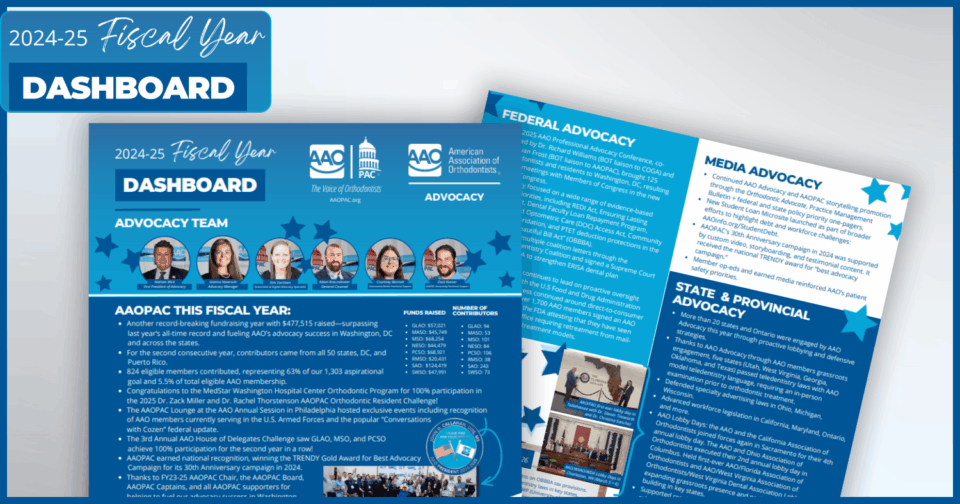WHAT IS THE FINAL RULE IMPLEMENTING SECTION 1557 OF THE PATIENT PROTECTION AND AFFORDABLE CARE ACT?
Section 1557 is the nondiscrimination provision of the Affordable Care Act (ACA).[1] The final rule implementing Section 1557 prohibits discrimination on the basis of race, color, national origin[2], sex, age, or disability in health programs or activities that receive Federal financial assistance or are administered by an Executive agency or any entity established under Title I of the ACA.[3] The Section 1557 final rule makes it unlawful for any health care provider that receives federal funding to refuse to treat an individual – or to otherwise discriminate against the individual – based on race, color, national origin, sex, age or disability.[4] Sex discrimination includes, but is not limited to, discrimination on the basis of sex; pregnancy, childbirth and related medical conditions; gender identity[5]; or sex stereotyping.[6],[7] The Section 1557 final rule also enhances language assistance for people with limited English proficiency and helps to ensure effective communication for individuals with disabilities.[8]
The U.S. Department of Health and Human Services (HHS), Office for Civil Rights (OCR) enforces Section 1557.[9] When OCR finds violations, a health care provider will need to take corrective actions, which may include revising policies and procedures, and/or implementing training and monitoring programs.[10] Health care providers may also be required to pay monetary damages.[11] Section 1557 also allows individuals to sue health care providers in court for discrimination.[12]
To learn more about Section 1557, please feel free to visit the Office of Civil Rights’ (OCR’s) website at http://www.hhs.gov/civil-rights/for-individuals/section-1557 or call the Office of Civil Rights at 1-800-368-1019. The full text of the final rule implementing Section 1557 is available by clicking here. In addition, answers to frequently asked questions about the final rule for Section 1557 can be found at https://www.hhs.gov/civil-rights/for-individuals/section-1557/1557faqs/index.html.
If you DO NOT receive any federal funding (i.e. Medicaid, CHIP, grants, property, Medicare Parts A, C and D Payments, tax credits, cost-sharing subsidies under Title I of the ACA, etc, then Section 1557 final rule does not apply to you and you can stop reading. [13]
If you DO receive federal funding, the Section 1557 final rule CURRENTLY APPLIES TO YOU AND YOUR STAFF. Click this text here to review requirements [14]
- Educate yourself and your staff about Section 1557.
- A Presenter’s Guide on Section 1557 can be found on the OCR’s site at: http://www.hhs.gov/sites/default/files/section1557-presenters-guide.pdf
- A Staff slideshow about Section 1557 can be found on the OCR’s site at:
http://www.hhs.gov/sites/default/files/section1557-training-slides.pdf
- You are required to post Notices and Taglines [COMPLIANCE DATE – 10/16/16]. The following must be posted in your office, on your website, and in any office publications or communications:
- Post in the top fifteen (15) non-English languages spoken in the state in which you are located or do business: (1) notices of nondiscrimination and (2) free language assistance taglines.[15] You can create your own notices and statements if you wish or complete and use those prepared by the Office of Civil Rights, which are at http://www.hhs.gov/civil-rights/for-individuals/section-1557/translated-resources/index.html.The foregoing notice requirements are modified for your small sized significant communications such as postcards and tri-fold brochures.[16] For these, the final rule requires you to include a non-discrimination statement and taglines in at least the top two (2) non-English languages spoken in the state.[17] Examples of these short notices are also at http://www.hhs.gov/civil-rights/for-individuals/section-1557/translated-resources/index.html.
- You may not exclude, deny or limit treatment or services based on an individual’s age (e.g. you cannot deny a 62-year-old patient treatment, stating you only treat patients under 60).[18]
- You cannot ask for a guardian’s/family member’s/companion’s citizenship or immigration status when he or she applies for your health services for an eligible patient.[19]
- You cannot deny treatment based on an individual’s sex, including their gender identity or sex stereotyping.[20] For instance, you must treat individuals consistent with their gender identities, including with respect to access to facilities, such as bathrooms and patient rooms.[21] For more information on this requirement, visit http://www.hhs.gov/sites/default/files/1557-fs-sex-discrimination-508.pdf.
- You must make reasonable changes to policies, procedures, and practices where necessary to provide equal access for individuals with disabilities, unless doing so would impose an undue financial burden on you or fundamentally alter your program.[22] For example an office must modify its “no pets” policy to permit an individual with a disability to be accompanied by a service animal.[23] Additionally, an office must allow an individual with an anxiety disorder to wait for an appointment in a separate, quiet room if the individual is unable to wait in a patient waiting area because of anxiety.[24] For more information on this requirement, visit http://www.hhs.gov/sites/default/files/1557-fs-disability-discrimination-508.pdf.
- You must make all health programs and activities provided electronically (e.g., through online appointment systems, electronic billing, etc.) accessible to individuals with disabilities, unless doing so would impose an undue financial burden on you or fundamentally alter your program.[25] For example, a doctor’s office that requires patients to make appointments only online must modify its procedures so that a person with a disability who cannot use the required method can still make an appointment.[26] For more information on this requirement, visit http://www.hhs.gov/sites/default/files/1557-fs-disability-discrimination-508.pdf.
- You should ensure newly constructed and altered facilities are physically accessible to individuals with disabilities, using the standards for physical accessibility set forth in the 2010 Americans with Disabilities Act, “Standards for Accessible Design.”[27] For more information on this requirement, visit http://www.hhs.gov/sites/default/files/1557-fs-disability-discrimination-508.pdf.
- You must provide effective means of communication to individuals with disabilities, including both patients and their companions.[28] You must provide auxiliary aids and services (free of charge and in a timely manner) when necessary to individuals with disabilities to ensure those individuals have equal opportunity to participate and benefit from your health programs or activities.[29] Auxiliary aids and services include such things as: (i) qualified sign language interpreters, (ii) large print materials, (iii) text telephones (TTYs), (iv) captioning, (v) screen reader software, (vi) video remote interpreting services.[30] You may not:
- Require an individual to provide his or her own interpreter.
- Rely on a minor child to interpret, except in a life threatening emergency where there is no qualified interpreter immediately available.
- Rely on interpreters that the individual prefers when there are competency, confidentiality, or other concerns.
- Rely on unqualified staff interpreters.
- Use low-quality video remote interpreting services.[31]
- For individuals with limited English proficiency,[32] you are required to offer (free of charge and in a timely manner) a qualified interpreter when oral interpretation is a reasonable step to provide an individual with meaningful access to your health programs and activities.[33] You must adhere to certain quality standards in delivering language assistance services. [34] For instance, if a patient prefers and requests to have a family member or friend interpret for them, that is allowed as long as the companion agrees to interpret, your reliance on the companion is appropriate under the circumstances, and there are no competency or confidentiality concerns.[35] In addition, you may not:
- Require an individual to provide his or her own interpreter
- Rely on a minor child to interpret, except in a life threatening emergency where there is no qualified interpreter immediately available
- Rely on interpreters that the individual prefers when there are competency, confidentiality, or other concerns
- Rely on unqualified bilingual or multilingual staff
- Use low-quality video remote interpreting services.[36]For more information on this requirement, visit http://www.hhs.gov/sites/default/files/1557-fs-lep-508.pdf.
- Section 1557 also prohibits discrimination in your practice’s employee health benefit programs.[37]
- Do you have 15 or more employees?
- NO: you can stop reading
- YES: in addition to the requirements above, you must have a civil rights grievance procedure and designate an employee as a compliance coordinator.[38] A model grievance procedure can be found in Appendix C of the following: https://www.federalregister.gov/articles/2016/05/18/2016-11458/nondiscrimination-in-health-programs-and-activities?utm_campaign=subscription+mailing+list&utm_medium=email&utm_source=federalregister.gov#h-141.



